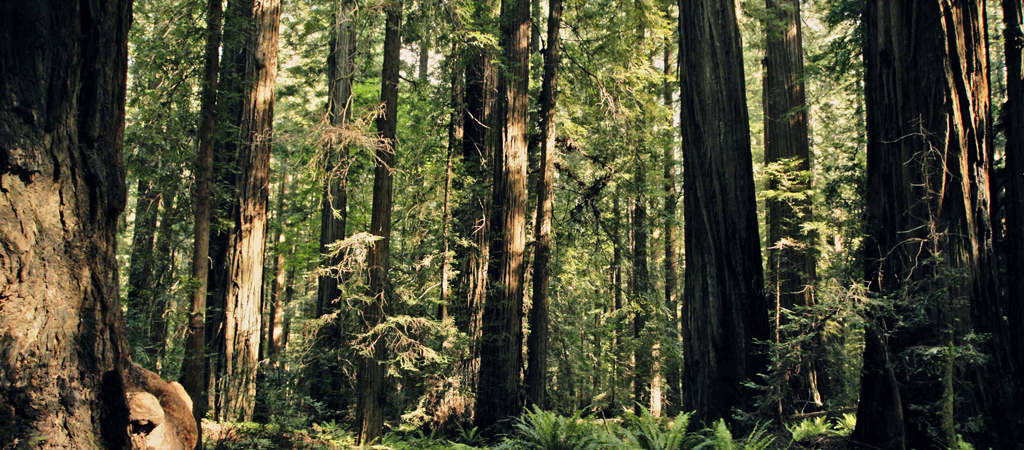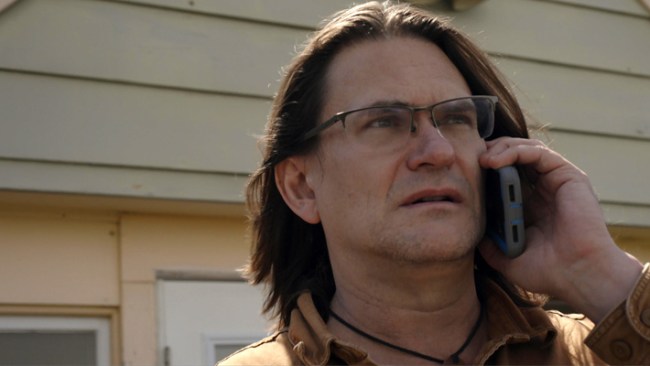
If you visit the IMDB page for Hulu’s newest three-part documentary, Sasquatch, you’ll be met with an overwhelming amount of negative reviews, a discovery that took me aback after finishing up my three-hour binge. Across all these reviews, nearly all dissatisfied viewers made the same claim: for a series called Sasquatch, it has very little to do with hunting down the California cryptid. Admittedly, they’re right, this documentary is not as much about the mythical monsters that lurk in the woods as much as it’s about the ones who live among us.
Sasquatch follows slightly eccentric investigative journalist David Holthouse as he attempts to piece together an October night he never wished to recall: the grisly murder of three men at a marijuana farm hidden in the Mendocino county mountains. When Holthouse begins his investigation — nearly 30 years after the aforementioned murder — he has only his hazy memory and one suspect’s name to go off of: Bigfoot. However, the hunt for something big and hairy quickly turns into a situation far bigger and hairier.
In Sasquatch’s first episode, we watch Holthouse follow Bigfoot’s massive (metaphorical) footprints throughout the Northern California region, interviewing various see-ers and believers while gathering as much information as he can about California culture and cannabis farms in the process. By episode two, however, the show’s tone pivots dramatically as Holthouse reckons with the fact that the monster he’s looking for might be a few feet shorter than he anticipated, and decidedly more human. The journalist is forced to confront drug lords, the “toothless and ruthless,” and suspected murders throughout the series, as well as his past.

While the show doesn’t give most viewers deeper insight into the whereabouts of sasquatch, it does take them on a journey through the infamous Emerald Triangle, a region in Northern California known for producing the highest quality marijuana in the United States. In addition, it touches upon the war on drugs, immigration, xenophobia, and the frankly staggering amount of unsolved murder cases in Northern California. In the most subtle of ways, Sasquatch asks us to question if folklore and imaginary monsters are merely a way we absolve ourselves from acknowledging the real problems and villains surrounding us, such as racism and hate-fueled violence.
Sasquatch’s story is compelling, giving enough pieces, clues, and cliffhangers to keep folks interested while savoring its slow burn. The odd-yet-charismatic Holthouse is an engaging person to watch explore and hunt down ‘monsters,’ and the cinematography and eerie animation when he’s off-screen are just as captivating. Like all tall tales, Sasquatch doesn’t resolve itself in a clean and orderly fashion. The documentary is full of rumors, lies, contradictions, and speculation, all reasons I firmly believe the show’s name is far more apt than deceptive. Ultimately, if you go into Sasquatch looking for the legend, like all ‘squatchers’ you might wind up disappointed. However, if you go in looking for a story, you’re in for a chilling ride.
